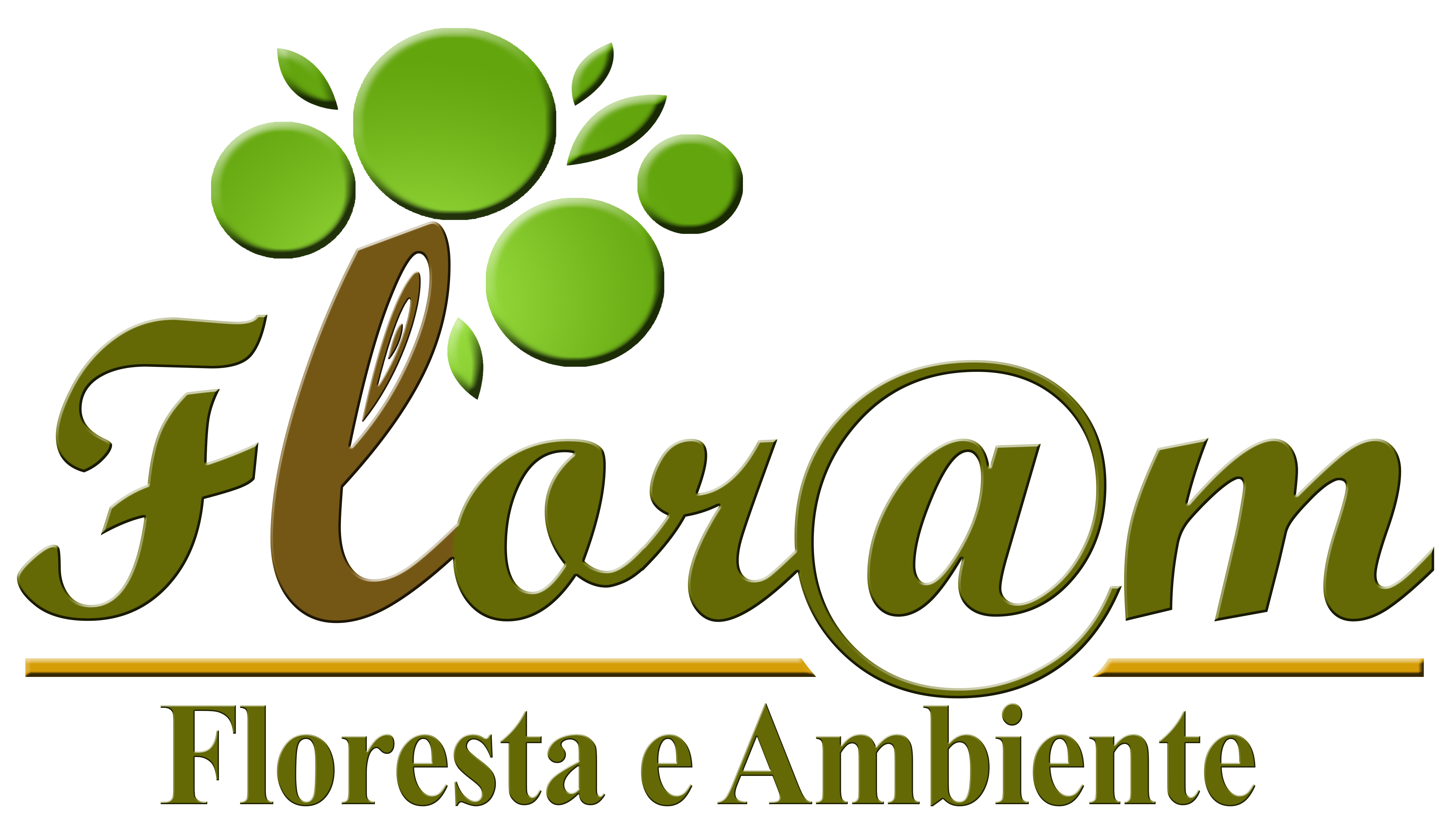ANÁLISE COMPARATIVA ENTRE AS DEFESAS MECÂNICAS E QUÍMICAS DE Aspidosperma australe MÜELL. ARG. E Aspidosperma cylindrocarpon MÜELL. ARG. (APOCYNACEAE) CONTRA HERBIVORIA
COMPARATIVE ANALYSIS BETWEEN MECHANICAL AND CHEMICAL DEFENSES IN Aspidospema australe MÜELL. ARG. AND Aspidosperma cylindrocarpon MÜELL. ARG. (APOCYNACEAE) AGAINST HERBIVORY)
Isaias, Rosy Mary dos S.; Soares, Geraldo Luiz G.; Christiano, Jacira de Cassia S.; Gonçalves, Samuel José de M. R.
FLORAM, vol.7, núnico, p.19-30, 2000
Resumo
Aspidosperma australe e Aspidosperma cylindrocarpon são muito utilizadas na arborização do Campus Pampulha da Universidade Federal de Minas Gerais. Contudo, a infestação por insetos galhadores compromete sensivelmente apenas o vigor de mudas recém-plantadas e de espécimes já adultos de A. australe. O estudo anatômico, histoquímico e a análise do perfil cromatográfico das folhas de A. australe e A. cylindrocarpon teve por objetivo avaliar caracteres morfológicos e químicos que possam constituir mecanismos de defesa, afetando a aceitabilidade e/ou a resistência dessas espécies a infestação pelo inseto galhador (Pseudophacopteron sp.). A análise estrutural permitiu caracterizá-las como espécies vegetais anatomicamente distintas, com diferenças relevantes observadas nos sistemas de revestimento e fundamental. As diferenças químicas relacionadas à produção de derivados fenólicos nas duas espécies sugerem estratégias de proteção contra a infestação pelo inseto galhador e por outros possíveis herbívoros em A. cylindrocarpon. Em A. australe, tanto as características anatômicas quanto as químicas denotam maior susceptibilidade ao ataque pelo Pseudophacopteron sp. e por todos os demais componentes da teia alimentar envolvidos nesta galha.
Palavras-chave
Aspidosperma, anatomia foliar, histoquímica, derivados fenólicos, flavonóides, perfis cromatográficos, herbivoria
Abstract
Aspidosperma australe and Aspidosperma cylindrocarpon are widely used in the arborization of Pampulha Campus of Universidade Federal de Minas Gerais. Gall insects are very common only in young and adult specimens of A. australe. The anatomical and histochemical studies, as well as the chromatografic profiles of the leaves of A. australe and A. cylindrocarpon, meant to analyse the morphological and chemical characteristics that could constitute defense strategies and should affect the acceptability and/or resistance of these species to the attack of a gall inducing insect (Pseudophacopteron sp.). A. australe and A. cylindrocarpon are anatomically distinct species, with relevant characteristics observed on epidermis and mesophyll. Chemical differences in the production of phenolics in both species suggest that A. cylindrocarpon presented defense strategies to the gall insect as well as to some other possible herbivores. On the other hand, A. australe presented morphological and chemical characteristics that could imply in its greater susceptibility to the attack of Pseudophacopteron sp. and to all the other members of the guild involved in its gall food web.
Keywords
Aspidosperma, leaf anatomy, histochemistry, plant phenolics, flavonoids, chromatografic profiles, herbivory

